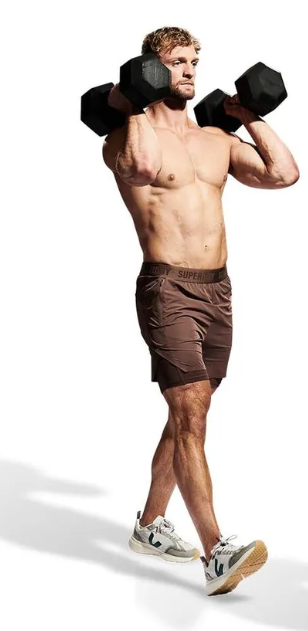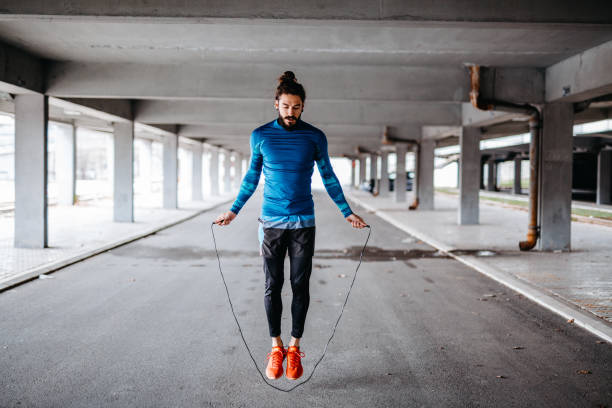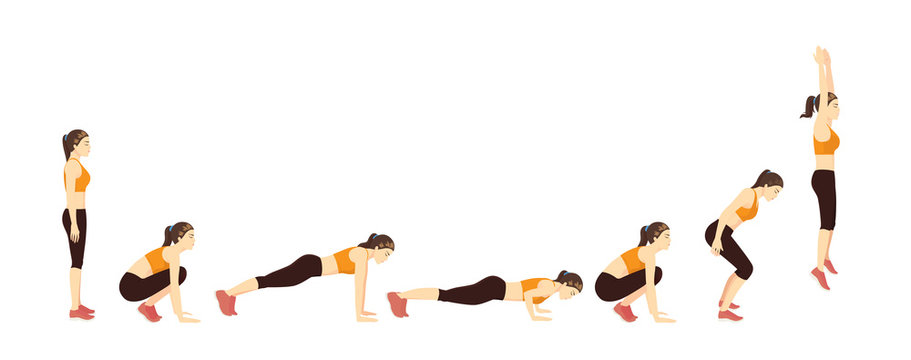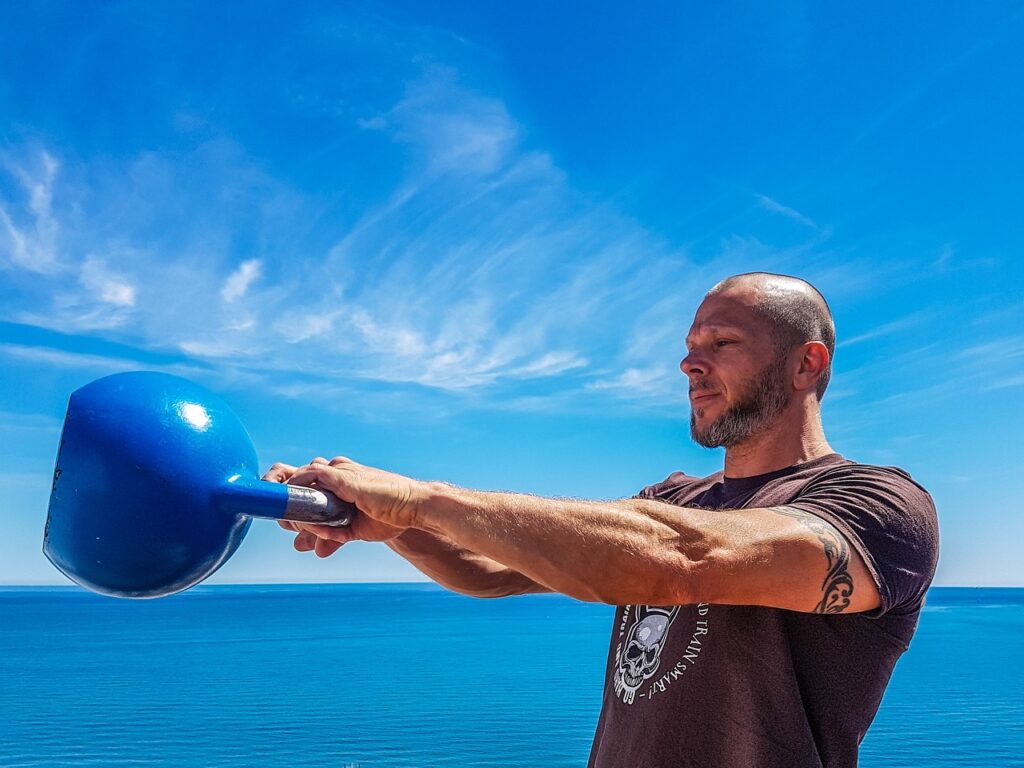
I traveled to a foreign country where I ate to my hearts content, but shrank my waist by two inches. How was this possible? I walked everywhere averaging 11000 steps a day. This is the power of movement. The 8 pillars of wellness were previously covered here. This article is part of a series where the focus is on one pillar. The pillar in question is the physical wellness pillar. This pillar is divided into sections, each requiring balance. Movement represents a portion, but this pillar covers much more. Methods will be provided for you to better achieve your physical wellness goals.
Physical wellness
The first section is exercise. This section contains five mini-pillars. These 5 mini-pillars are combined into 3 categories: Endurance, strength and body composition. With regards to exercise there needs to be a balance among these three. Body composition is balanced and regulated by endurance and strength.
ENDURANCE
Endurance relates only to cardiovascular endurance. Cardiovascular endurance is categorized by an elevated heart rate maintained over a period of time. Your oxygen capacity and your aerobic capacity increase, with consistent training, leading to more efficient exercise. There are two modes with this method: fat burning, or sugar burning. Many factors affect the ratios, but the intensity of the exercise dictates the predominant fuel use. Based on your goals, choose one or the other.
You don’t have to run either. Alternative methods exist that increase your cardiovascular endurance capacity such as walking. Walking counts towards your endurance. It is a great way to begin if you have little to no endurance work. Other alternative methods to running exist that are lower impact and still reap the same benefits. Some examples are:
Loaded carries

Jumprope

Burpees

Kettlebell swings

Strength
The next section of physical wellness to explore is strength. Out of the previous 5 pillars, three are condensed into one:
muscular strength
muscular endurance (extended strength)
muscular flexibility (lengthened strength)
Notice how all three relate to strength. Strength is that important. Strength has massive carryover to anything you do. Getting stronger improves your mile time. Hampered mobility indicates you lack strength in that range. Want to carry groceries in one trip? You need better strength.
Strength training is primarily a sugar burning activity during the exercise. As your muscle mass increases, fat burning at rest will increase. A higher muscle mass means a higher metabolism. A higher metabolism means you burn more fat throughout the day leading to a change in body composition. Imagine that.
Some examples for strength training are:
Calisthenics (bodyweight)

Weight lifting

How to incorporate?
To enhance your physical wellness, incorporate an endurance type exercise at a minimum every 3rd day. This is usually the point where your endurance tapers off when you stop training. Go walking on the other days when you don’t have any endurance work to do. This helps to maintain your endurance to some degree.
For strength training, go lift weights 3 times a week at a minimum and make each session a full body session. Aim to balance between a press exercise, a pull exercise and a leg exercise. Focus on increase the repetitions, or the amount of weight from session to session. Monday’s numbers should be less than Friday’s numbers.
Recovery
This is where sleep enters as another section of the physical wellness pillar focused on recovery. Without proper recovery, you will breakdown. Sleep affects your mental and physical well-being. Your response to stress is dictates how well you sleep. That’s how crucial sleep is. For simplicity, there are two stages to sleep. The first stage deals with repairing the body. The second stage of sleep deals with repairing the mind. Both are important. You impact one of the two with less sleep. Sleep long enough and sleep well enough.
Sleep is foundational

Sleep hygiene. How you set up your night time routine will impact your sleep. This is how you signal to your body that it’s time to sleep. Many key factors play a role in how well you can sleep. Answer the following questions to know if you are getting adequate sleep.
1. Do you sleep in the same bed every night?
2. Do you sleep at the same time every night?
3. Do you do the same things before sleep?
All three prepare your body for sleep and for rest. Fix these first as they are foundational.
Here are some steps you can take to help optimize your sleep further.
Keep the temperature lower.
A cooler temperature helps the body cool down which signals that its time to sleep.
Keep the room darker.
The less light there is the better you sleep throughout the night
Stop using devices 2 hours before bed.
This is a harder one for most people, but devices disrupt your sleep. The light emitted your brain into thinking it’s daytime. Give your eyes and your mind a rest by avoiding devices before bed. We get overly stimulated throughout the day. Night time is meant to be soothing. Get some rest and relax.
There is the more to this pillar, such as elimination, but that is a topic worthy of it’s own entry.
If you are having trouble sleeping or recovery and wish to have a better nights sleep, consider getting an alignment session to remove the stresses of life and bring you into a deeper relaxation.
